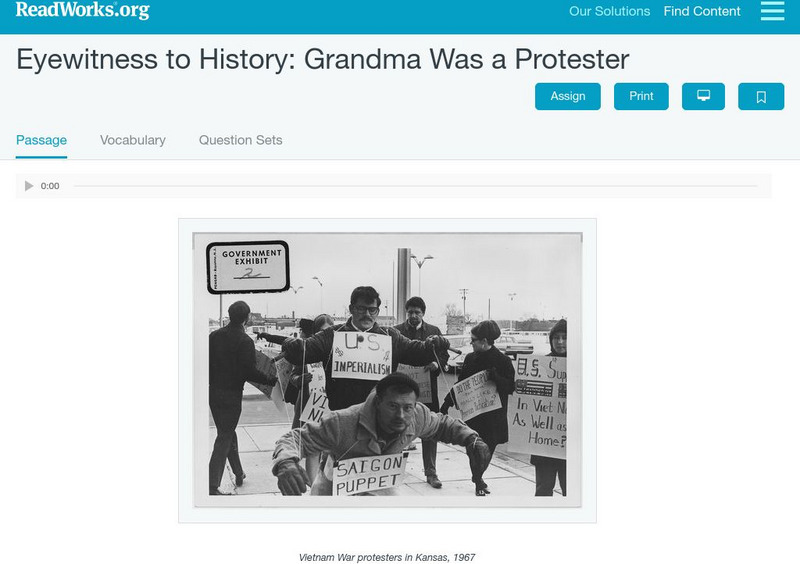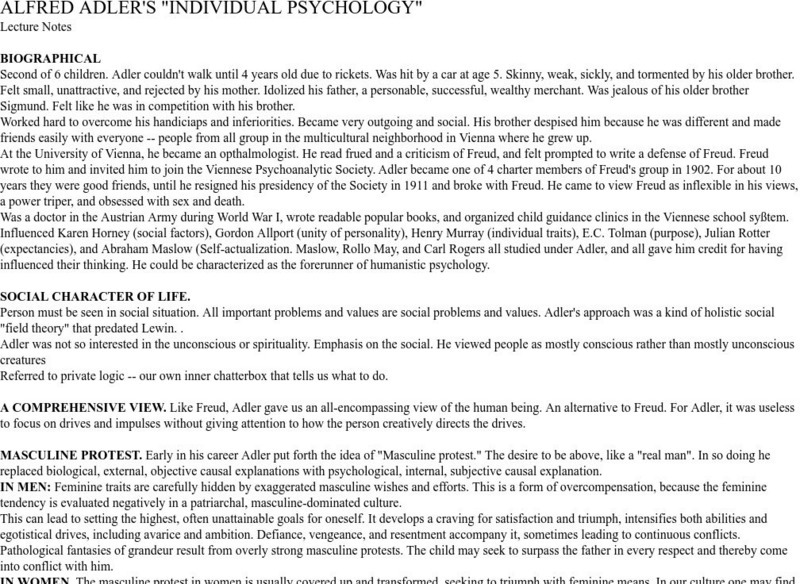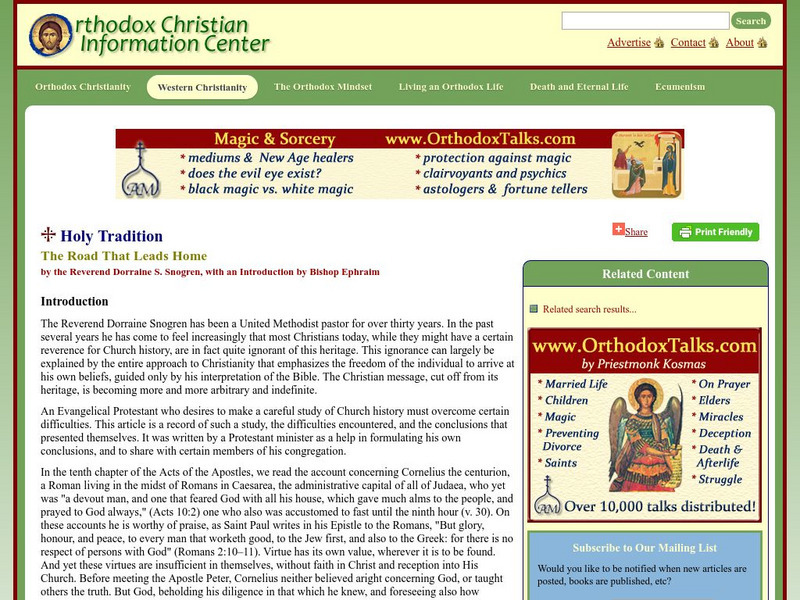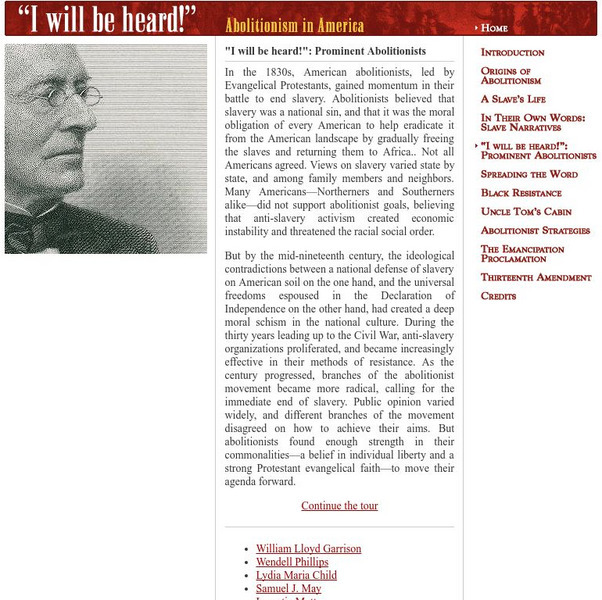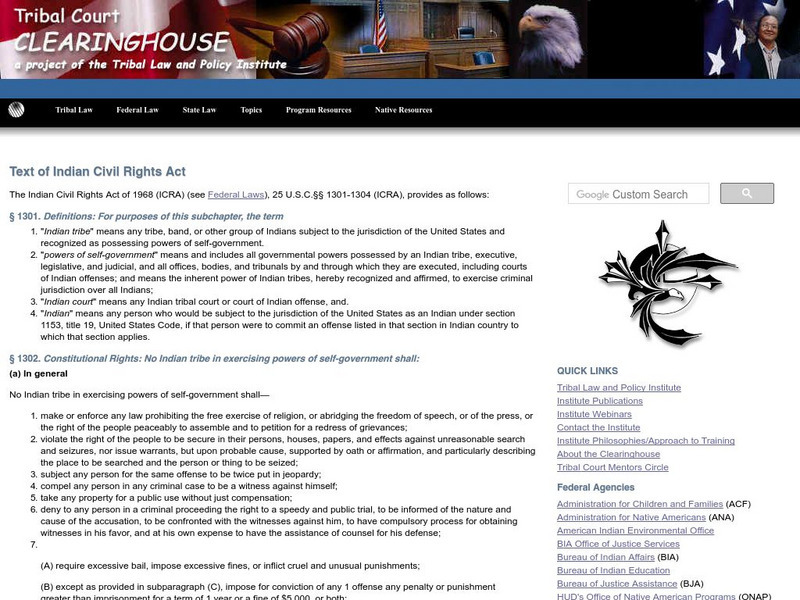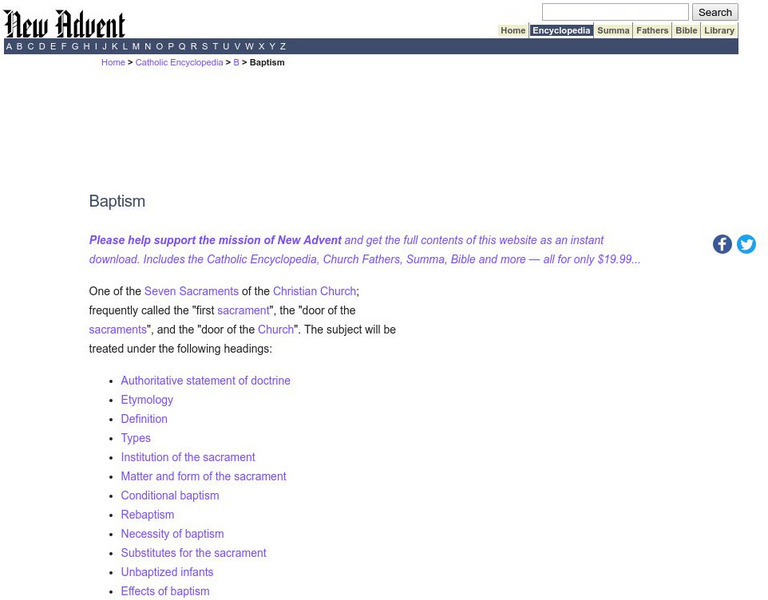Hi, what do you want to do?
Curated OER
To Kill a Mockingbird by Harper Lee: Vocabulary
In this vocabulary skills worksheet, students review the listed terms and figures related to Harper Lee's To Kill a Mockingbird. Students may also access an online quiz on the selection using the link at the bottom of the page.
Curated OER
Northern Ireland: A Struggle to Co-Exist (Lesson 1)
Learners discover the history of Northern Ireland using a powerpoint presentation in this lesson plan created for an Advanced Placement Human Geography class. This lesson plan does not include a Powerpoint presentation (Teachers would...
Curated OER
Holidays--Martin Luther King Day
In this Martin Luther King Day worksheet, students answer ten questions associated with Martin Luther King and his special day.
Curated OER
Nonprofit Environmental Groups
Students examine the importance of nonprofit organizations when it comes to the environment. They discover how to evaluate different organizations. They research different organizations and present their findings to the class.
Curated OER
History repeats: 'Boat people' on the Afghan and the Tampa
Students investigate the Afghan incident of 1888, where a ship, the Afghan, with a load of Chinese passengers from Hong Kong was refused permission to land the passengers on Australian soil. This controversy is compared to the Tampa...
Curated OER
Making More Places at the Table: The American Civil Rights Movement of the 50's and 60's
Eleventh graders examine the biography of Henry B. Gonzalez. They examine primary source documents from Congressman Gonzalez's personal papers related to his contributions to the Civil Rights Movement.
Curated OER
Robert Boyle's Informants
Students review and discuss the importance of Boyle's informants and how he sometimes relied on information from those with experience of the wider world to substantiate his scientific theories. They complete the worksheet, answering...
Curated OER
The Kennedy Administration and the Civil Rights Movement
Students evaluate the Kennedy Administration's involvement in the civil rights movement. In this Civil rights lesson, students read and take notes from speeches connected to the historic March on Washington from the National Archives in...
Curated OER
Growing Concern
Pupils will define glossary words necessary for discussing global agricultural trade and explore the issues behind the Group of 21's walkout at the September 2003 World Trade Organization meeting. They then research the agricultural...
Read Works
Read Works: Eyewitness to History: Grandma Was a Protester
[Free Registration/Login Required] This nonfiction passage shares information about a young girl's grandmother who protested the Vietnam War. This passage is a stand-alone curricular piece that reinforces essential reading skills and...
Sonoma State University
Sonoma State University: Alfred Adler's Individual Psychology
Gives biographical overview and explanations of Adler's theories.
Other
International Civil Rights Center: Explore History: Civil Rights Movement
In 1960, four students at North Carolina A&T University decided to protest segregation laws by staging a sit-in at the Woolworth store lunch counter. Their action sparked a nation-wide protest by students that spread from just...
Other
Holy Tradition: The Road That Leads to Home
This Orthodox Christian Information Center site gives the reader a perspective in Christianity as seen and practiced by a devoted United Methodist Pastor/Official. The issue at hand here and being addressed is that Christianity, in...
Independence Hall Association
U.s. History: Institutionalizing Religious Belief: The Benevolent Empire
Many social movements in the early 19th century had a religious foundation. Read about the Benevolent Empire, a loose coalition of Protestant denominations that addressed social issues of the time.
Cornell University
Cornell University: Library: I Will Be Heard: Prominent Abolitionists
Find the impetus behind the anti-slavery movement and the philosophy that united all abolitionists even though they followed different routes. Included are links to individual biographies of prominent abolitionists.
Independence Hall Association
U.s. History: Religious Revival
The Second Great Awakening was transformative in ways beyond religion. Read about the new ideas about religion and see how they emphasized individual dignity and worth. This then reflected on the early ideas of women's suffrage, and the...
iCivics
I Civics: Tinker v. Des Moines (1969)
This mini-lesson plan covers the basics of the Supreme Court's decision that extended First Amendment protections to students in the classroom. Students learn about the concept of symbolic speech and how students gained the right to...
Other
Tribal Court Clearinghouse: Text of Indian Civil Rights Act
A summary of the Indian Civil Rights Act, passed in 1968. Tells what the act is, what individual rights are protected by the act, and how the act differs from the Bill of Rights.
New Advent
Catholic Encyclopedia: Baptism
Extremely thorough site exploring the history and rituals of baptism in the Christian Church. Content includes a focus on what the Church says about baptism, what it means to be baptized, the various forms of baptism, where and when...
Arizona State University
Art Lesson: Should Art Be for Art's Sake?
A lesson plan where the teacher presents the five traditional theories of art (formalism, instrumentalism, imitationalism expressionism and institutionalism.) Students review Chicana/o and earlier protest art from an instrumental point...
OpenStax
Open Stax: The Great Depression 1929 1932: President Hoover's Response
Examines how Herbert Hubert responded to the crisis of the Great Depression and his personal belief system that caused him to respond that way. Also looks at how governments at other levels addressed the Great Depression, and why most...
Other
Civic's Resources: Texas v. Gregory Lee Johnson
In August 1984, the Republican National Convention was held in Dallas, Texas. On August 22, a group of about 100 demonstrators marched through the streets of Dallas to dramatize the consequences of nuclear war and protest certain...















